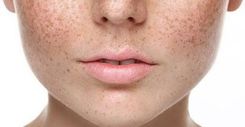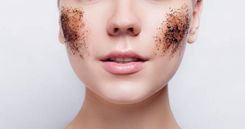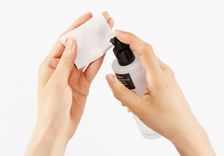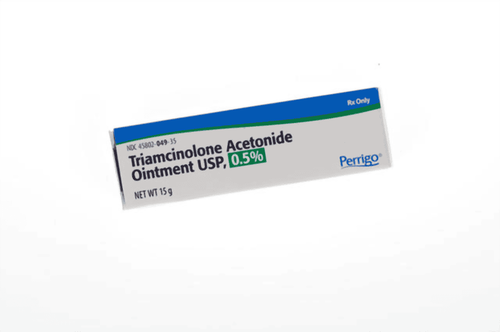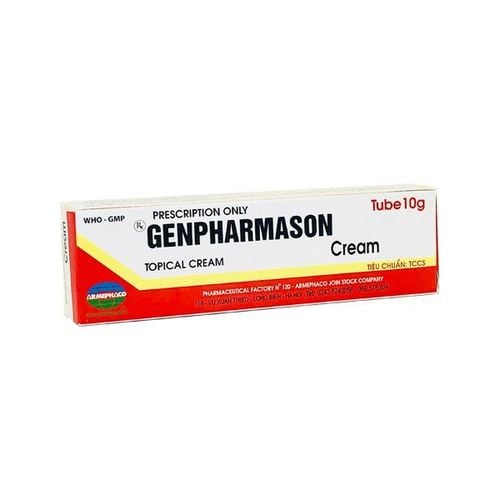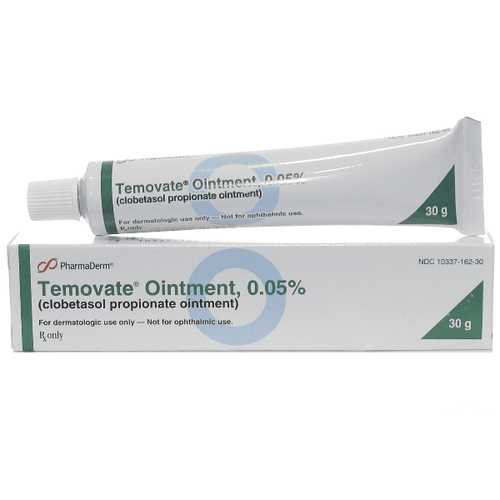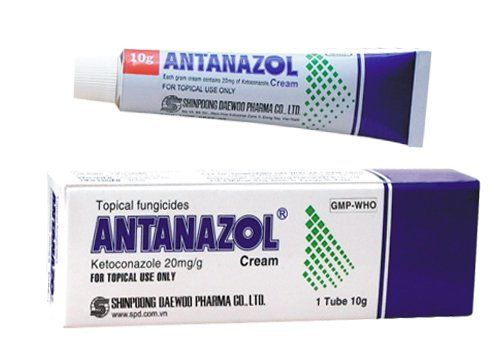This is an automatically translated article.
The article was professionally consulted by Specialist Doctor I Tran Van Sang - Dermatologist - Department of Medical Examination & Internal Medicine - Vinmec Danang International General Hospital. The doctor has 18 years of experience in the field of Dermatology.Seborrheic dermatitis, also known as seborrheic dermatitis, atopic eczema is a common, chronic and relapsing inflammatory skin condition. The most commonly encountered locations are the face, head, chest and interscapular region. The disease can affect both children and adults.
1. Does seborrheic dermatitis go away on its own?
Currently, because the exact cause of seborrheic dermatitis is still unknown. Therefore, the treatment of the disease is extremely difficult. It is unlikely that seborrheic dermatitis will go away on its own. Depending on the health status and physical factors of each patient, the disease can only gradually improve over time.Seborrheic dermatitis is easy to recur many times, each time can last from a few weeks to several months. This is not only unsightly but also makes the patient extremely uncomfortable..
2. Can you treat seborrheic dermatitis at the root?
Seborrheic dermatitis is a chronic skin disease, causing trouble for patients because the skin color is red and damaged, and the skin flakes continuously affect aesthetics and quality of life. However, with the right treatment and maintenance of the treatment regimen, the patient can be completely cured or only relieve the annoying symptoms of the disease that cause it and then relapse many times.Depending on each specific case, the doctor may use topical anti-fungal shampoos and shampoos accordingly. Moisturizers need to be applied several times a day and maintained, especially in the fall - winter. In addition, doctors also consider the patient's condition, nutrition and vitamins of group B, vitamins B3, B6, vitamin H, zinc intake. Therefore, when you have a disease, you need to be examined and consulted specifically, absolutely no treatment.

3. How to treat seborrheic dermatitis?
The treatment of seborrheic dermatitis depends on the location of the skin inflammation and the severity of symptoms. Specialty shampoos are often used on both babies and adults with seborrheic dermatitis of the head. If the flakes are not soft, you can use a few drops of mineral oil to rub on the scalp before shampooing. In severe cases, your doctor may prescribe shampoos and creams that contain immunomodulators to treat inflammation.3.1 General direction of treatment Use topical scabs to remove flakes such as salicylic acid, lactic acid, urea, propylene glycol. Topical antifungal agents may be prescribed such as: ketoconazole, ciclopirox shampoo or cream. Some strains of Malassezia are resistant to azole antifungals, zinc pyrithione or selenium sulphite can be used as an alternative. Mild topical corticosteroids are used for 1-3 weeks to reduce inflammation and reduce flare-ups. Topical calcineurin inhibitors (pimecrolimus cream, tacrolimus ointment): fewer side effects than corticosteroids when used on the face. For severe, treatment-resistant cases in adults, oral itraconazole, tetracycline, antibiotics, and light therapy can be used. 3.2 Treatment of scalp dermatitis Use shampoo containing active ingredients ketoconazole or Ciclopirox, selenium sulfite, zinc pyrithione, coal tar, salicylic acid. Dosage: 2 times per week for at least 1 month. Steroids for the scalp (solution, gel) are used daily for several days to reduce itching and inflammation. Tar cream is applied to the skin with many scabs, after a few hours, wash your hair with clean water. 3.3 Treatment of seborrheic dermatitis on face, ears, chest, back Clean with soap-free washing solutions 1-2 times daily. Use ketoconazole or ciclopirox cream once a day for 2-4 weeks, repeat if necessary. Hydrocortisone cream applied twice a day for 1-2 weeks. More potent steroids can be used. Topical calcineurin inhibitors (pimecrolimus cream, tacrolimus ointment) as an alternative to corticosteroids. 3.4 Lifestyle habits to limit the progression of seborrheic dermatitis

Please dial HOTLINE for more information or register for an appointment HERE. Download MyVinmec app to make appointments faster and to manage your bookings easily.

